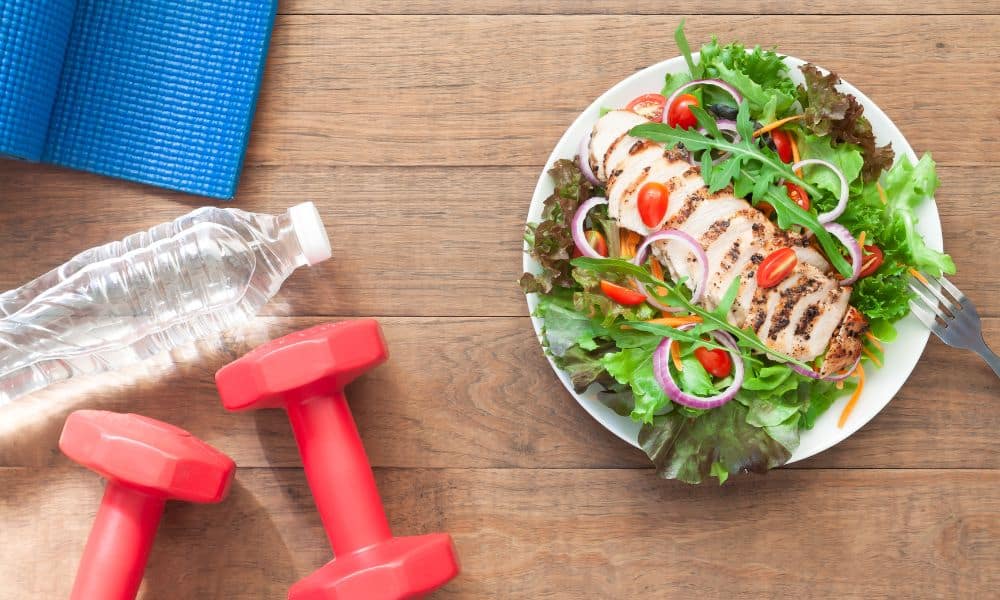Understanding your Basal Metabolic Rate (BMR) is a critical step in tailoring your diet to achieve fitness goals. BMR represents the number of calories your body requires to perform basic life-sustaining functions at rest. This article delves into the process of calculating your BMR and how to effectively use this information to plan a diet that aligns with your fitness aspirations.
What is Basal Metabolic Rate (BMR)?
BMR is the amount of energy, in the form of calories, that your body needs to maintain basic physiological functions like breathing, circulation, cell production, and nutrient processing while at rest. It accounts for the largest portion of your daily calorie expenditure, making it a cornerstone in understanding your overall energy needs.
Factors Affecting BMR
Several factors influence your BMR:
- Age: BMR typically decreases with age.
- Gender: Generally, men have a higher BMR than women due to more muscle mass.
- Body Composition: More muscle mass increases BMR.
- Genetics: Genetic factors can impact metabolic rate.
- Thyroid Function: An underactive or overactive thyroid can affect BMR.
Calculating Your BMR
There are various formulas to calculate BMR, with the Harris-Benedict equation being one of the most popular:
- For men: BMR = 88.362 + (13.397 × weight in kg) + (4.799 × height in cm) – (5.677 × age in years)
- For women: BMR = 447.593 + (9.247 × weight in kg) + (3.098 × height in cm) – (4.330 × age in years)
These formulas give you a baseline to start from, but remember, they are estimates and may not be 100% accurate for every individual.
BMR Calculators
BMR calculators are a valuable tool in assessing one’s metabolism, but their accuracy can vary. While they offer a convenient and quick way to estimate Basal Metabolic Rate, they rely on generalized formulas and standard factors like age, gender, height, and weight.
However, individual variations in muscle mass, body composition, and genetic factors, which significantly influence metabolic rates, are not fully accounted for in these calculators. Consequently, while BMR calculators provide a useful starting point, they should be viewed as part of a broader assessment, ideally supplemented with professional guidance and regular adjustments based on personal health changes and fitness progress.
For the most precise metabolism evaluation, combining BMR calculator results with additional metabolic testing and monitoring is recommended. This approach ensures a more comprehensive understanding of one’s metabolic health, crucial for effective diet and fitness planning.
Using BMR in Your Diet Plan
Once you know your BMR, you can use it to plan your diet:
- Determine Your Activity Level: Combine your BMR with your activity level to find your Total Daily Energy Expenditure (TDEE). This reflects the total calories you burn in a day.
- Set Your Caloric Goals: If your goal is weight loss, consume fewer calories than your TDEE. For muscle gain, eat more than your TDEE.
- Balance Your Macronutrients: Ensure your diet is balanced with the right proportions of proteins, fats, and carbohydrates.
- Regular Monitoring: Regularly reassess your BMR and dietary intake as your body composition and fitness levels change.
Conclusion
Understanding and utilizing your BMR is a fundamental aspect of any successful fitness journey. By calculating your BMR and integrating it into your diet planning, you can create a tailored approach that aligns with your specific fitness goals. Remember, consistency and adaptation to your body’s changing needs are key to achieving and maintaining your ideal fitness level.




